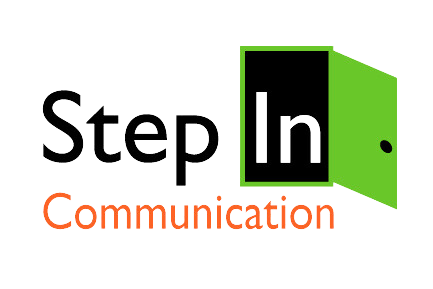Five years ago today, I watched — along with millions of others — the news story unfold about the “Miracle on the Hudson.” Within hours, we knew what that phrase meant and learned a new name: Captain “Sully” Sullenberger.
It’s a miracle that the plane landed safely.
It’s a miracle that the Captain KNEW how to land the plane safely.
It’s a miracle that everyone walked away alive from that disaster.
These three facts alone are a good enough reason to celebrate five years later.
I will remember it for other reasons.
The reason I will remember this event is for validation. When this event happened, I was the communications director for SeaWorld San Antonio. We had embarked on an ambitious social media experiment which was not YET widely accepted. We were in the process of something crazy: launch a corporate blog, allow our employees to use Facebook and Twitter at work and take off the corporate gloves to allow certain, “highly trained” employees the ability to speak on our behalf. Like many companies in 2009, we were trying to figure out the “ifs” and “whens” of these new channels.
I showed that first photo from Twitter of the plane in the water and all the commuter boats rushing toward it, and I made huge predictions to the assembled team about how breaking news in the future will be shared on Twitter, Facebook and blogs.
Not that it was an original thought — many others were saying this, too, including Robert Scoble, Shel Israel and David Meerman Scott, among others.
I’m pretty sure only a small percentage believed me that day, but since the Miracle on the Hudson photos and story emerged from New York City in 2009, countless news stories have reached us first on social media channels, and second in traditional media channels.
Now, this story is part of my New Media curriculum in the Introduction to Mass Media class. The average age of the students is 19, so most of them don’t remember this event, much less its effect on mass media today. We take for granted that we will get breaking news on Twitter and Facebook, something we didn’t believe would happen just five years ago. But it did and we’ve got the photos to prove it.
